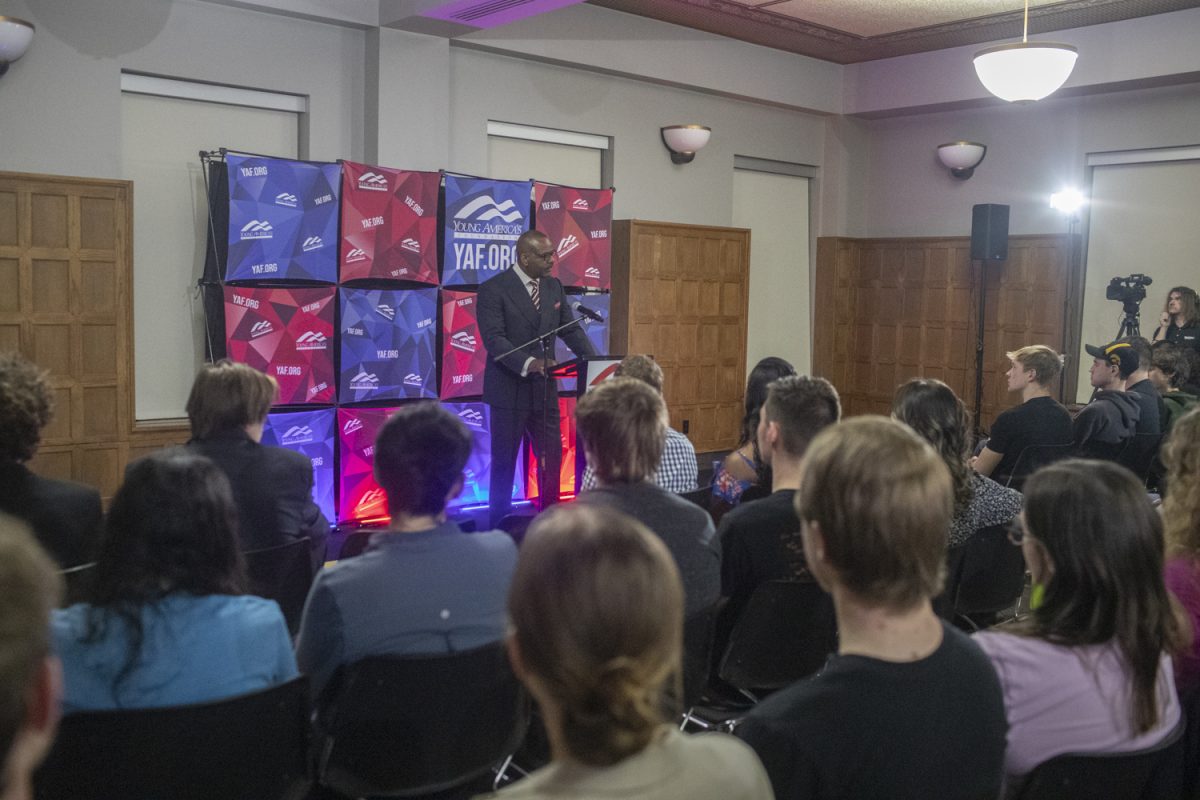The beginning of the academic year is when schools garner a large number of ink and column inches in local and national publications. As a journalism teacher at Washington High in Cedar Rapids, I pay especially close attention to the abundant coverage.
I want to take an opportunity, as readers’ minds are already on Iowa’s classrooms, to remind everyone about the importance of the next generation of roving reporters.
Earlier this year, the Gazette ran a Chicago Tribune story about waning student interest in school newspapers. I found this article disheartening for many reasons, but I always encourage my learners to make emotion give way to action. In that spirit, I decided to localize the story. I limited my reporting to Iowa schools whose teams play football at the 4A level. This included both public and private high schools.
I reached out to 46 districts to determine the statuses of their journalism programs. Of those 46 schools, 38 (or 82.6 percent) offer newspaper as a class during the day, while two more offer it as an after-school class. Forty-one of those schools offer yearbook as a course during the day. And 33 of the 46 high schools still offer a journalism course that teaches students newsgathering skills separate of a publication class, in which students are expected to generate a product.
This means students in 89 percent of Iowa’s 4A football high schools have yearbook class available to them, and 82 percent provide learners a chance to work on a newspaper, news magazine, or student-produced news website. Seventy-one percent of Iowa’s largest schools still have an optional journalism course, even in this age of slashed budgets and endangered English electives.
These numbers aren’t ideal, especially to the eyes of an English and journalism educator, but they demonstrate that students in Iowa’s 4A schools have a 20 percent greater opportunity to participate in scholastic journalism than their Chicagoland counterparts featured in the Tribune’s story. These statistics are especially inspiring in the dull roar or conversations among politicians and education “experts” about supposedly more valuable coursework such as project-based learning, science, technology, engineering, and math and the Common Core.
School publications provided exemplary project-based learning since before that term became an education-reform buzzword. When done right, students have complete control over an entire journalistic enterprise — work that includes financial management, problem solving, and numerous oft-discussed “soft skills” key to workplace success — and learn skills that will serve them well in the real world regardless of their chosen professions.
As for STEM, students gain incredible technology skills while learning to put together newspapers, yearbooks, and websites. These individuals are responsible for selling ads and budgeting, two challenging responsibilities that combine math and real-world consequences.
Journalism education is forward-thinking and provides opportunities for our students to achieve so many of the skills embedded into state and national standards. With all this evidence, it’s hard to believe that politicians are creating budget constraints that make it even more difficult for schools to offer these enriching educational opportunities.
Kyle Phillips









